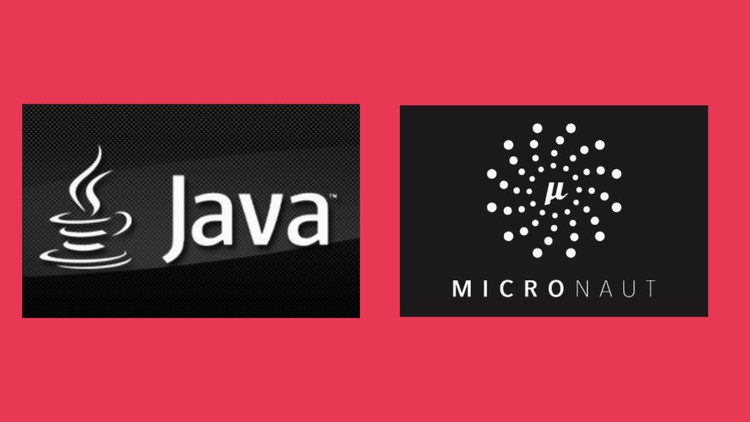
Micronaut is a modern, JVM-based, full stack Java framework designed for building modular, easily testable JVM apps
What you will learn
Micronaut
Developing microservices using Micronaut
Persistence using micronaut-data
Interservice communication
Description
Micronaut is a modern, JVM-based, full-stack Java framework designed for building modular, easily testable JVM apps. It currently supports Java, Kotlin, and Groovy.
It has the following benefits over other available frameworks like Spring boot:
1. Fast startup time – Thanks to Micronaut AOT. It reduces application startup time and deployment size by executing a number of operations during the build. It can precompute bean requirements and perform substitutions at build time, so that only classes that are going to be used in production are included.
2. Reduced memory footprint
3. Minimal use of reflection – It does the dependency injection at compile time, so it doesn’t make the use of reflection for dependency injection at run time.
4. Minimal use of proxies
5. No runtime bytecode generation
6. Easy Unit Testing
In this course, you will learn the following topics:
1. Creating a hello world application with Micronaut.
2. Dependency Injection and Bean concepts in Micronaut – Bean qualifiers, Bean priority, Bean lifecycle methods.
3. REST APIs with Micronaut – GET, POST, PUT, DELETE.
4. Micronaut Data – a database access toolkit that uses Ahead of Time (AoT) compilation to pre-compute queries for repository interfaces that are then executed by a thin, lightweight runtime layer.
5. Error handling
6. Flyway integration with micronaut for easy database migrations(production ready).
7. Shedlock integration with Micronaut for running scheduled tasks in distributed environment.
8. Interservice communication using HTTPClient.
Content